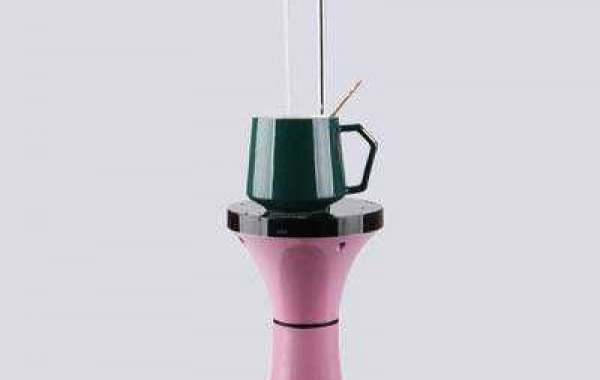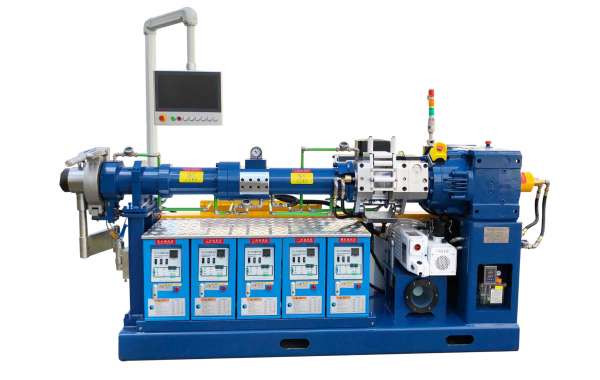Pumping systems in a power plant use a significant percentage of a facility’s energy. To save money, improve efficiency, and prolong the machines’ lifetime, a power station should constantly monitor the flow, pressure, and temperature in industrial pumping systems.
Pumps are critical components in all types of power plants – combined cycle gas turbine (CCGT), coal, and hydroelectric. In a typical CCGT plant, there could be anywhere from 20 to 30 medium- to large-size pumps.If a critical pumping function is lost, a unit will most likely have to shut down. Electric Drinking Water Pumps are so important that there are often duplex and even triplex installations as backups in critical applications, ready to switch over at a moment’s notice.
These vital pieces of expensive equipment require constant monitoring to prevent damage and downtime. An easy and cost-effective way to monitor industrial pumps is to install sensors and transmitters – relatively modest investments – at critical points. For example, spending a few hundred dollars on measuring instruments can protect a very expensive pump from serious harm caused by dry running or other situations.
Monitoring Pumping Systems for Safety, Performance, and Savings
Here is an overview of the critical measuring points and how instruments protect industrial pumps:
Pressure at the suction side, to prevent cavitation
Model A-10 Pressure Transmitter for general industrial applications
Cavitation is the generation of vapor bubbles, which occur in high-velocity liquids. When these bubbles collapse, the result is pressure spikes. Cavitation can also occur if the local pressure drops below the vapor pressure of the liquid and then rises above it. To avoid this condition, thenet possible suction head available (NPSHa) has to be greater than the net possible suction head required (NPSHr).
Monitoring the suction head (pressure in terms of water column) can help identify problems that damage pumps. The A-10 pressure transmitterfeatures a piezoelectric sensor and thin-film technology, making it highly resistant to pressure spikes and vibration. It has an all-welded stainless steel measuring cell and does not need any soft sealing. A variety of available electrical process connections meet the requirements of almost any application.
Flow at the suction side, to signal low fluid levels that can result in dry runs and dead heads
Model FSD-3 electronic flow switch
A pump is “dry running,” or in a near-empty pipe condition, when the suction side doesn’t receive enough fluid. When the pump operates with no flow at all, it is“dead-headed.” Both conditions can cause the pump to overheat and fail.
Ideal for monitoring cooling systems, the FSD-3 electronic flow switchprovides switching and analog outputs for flow, temperature, and diagnostics. It has been designed with no moving parts in the medium, which makes it free from wear and tear. A simple and intuitive navigation menu makes operation easy, and a large LED display allows clear readings from a distance.
Pressure at the discharge side, to ensure proper operations
Fluid level at seal pots, to prevent the discharge of toxic, hazardous, or corrosive fluids
Some pumping systems deal with toxic, hazardous, or corrosive fluids, which must not leak into the environment. In these cases, the pump has a double seal (tandem seal) with a compatible liquid injected into a seal chamber to serve as a barrier fluid. If any dangerous liquids leak across the inner seal (primary seal), it enters the seal chamber and mixes with the barrier fluid. A loss of fluid could cause the seal assembly to fail and for dangerous products to be released into the environment.
Supplying the double-seal assembly with clean, pressurized barrier fluid is the seal pot. This vessel can also be used to measure the flow of high-density and corrosive media to protect differential pressure measuring instruments from these media.
Seal pots have a high-level or low-level liquid switch, although some applications call for both types. Its hermetically sealed switch cartridge protects the integrity of switch contacts, which can control both high and low liquid levels. The working pressure of this float-actuated pneumatic switch is 1,500 to 5,000 psig.
Temperature at the bearings, to prevent overheating
A change in the bearing temperature of a pump and/or motor can indicate a developing failure or a change in loading.
We offer all kinds of pump, such as Plastic Lotion Pump, please consult us if you have any questions.








